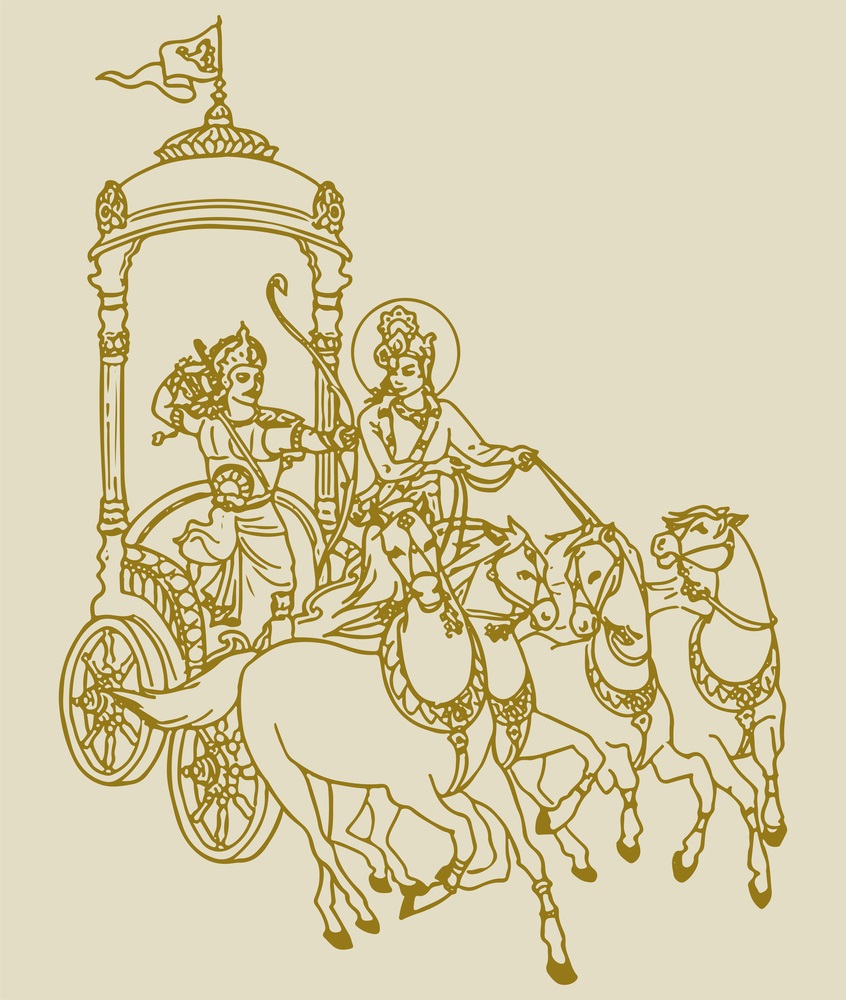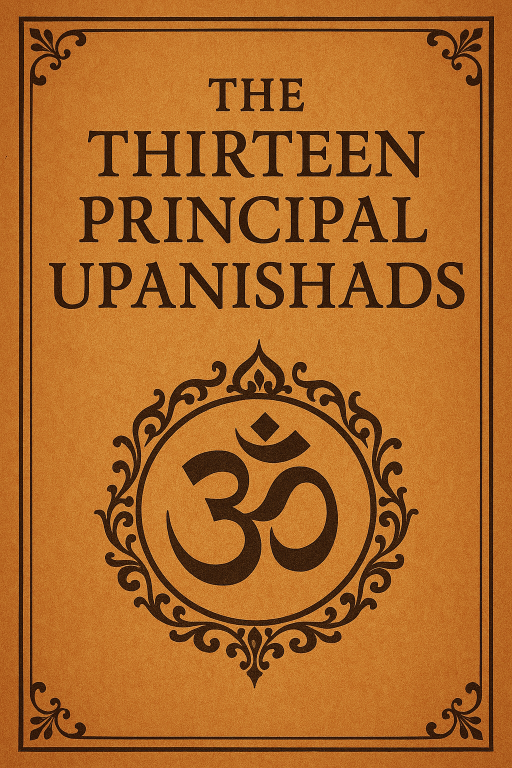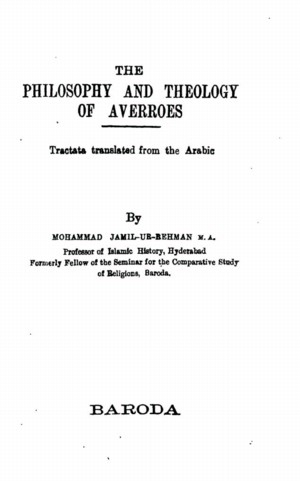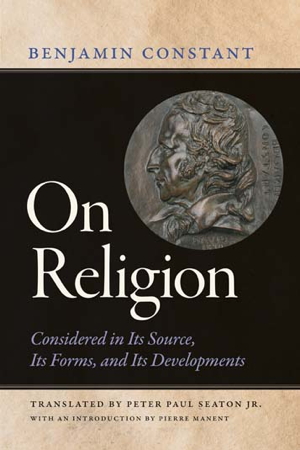
The Bhagvat-Geeta, or Dialogues of Kreeshna and Arjoon
- Charles Wilkins (translator)
The Bhagavad Gita is perhaps the greatest and most beautiful of the Hindu scriptures. It is mainly in the form of a dialogue between the warrior Prince Arjuna and his friend Krishna (the earthly incarnation of the god Vishnu). The prince is engaged in a brutal but just war and contemplates throwing down his weapons and giving up his own life in order to avert more bloodshed. Krishna recalls Arjuna to his sense of responsibility and reminds him that he must discharge his duty as a warrior.
Connected Readings


